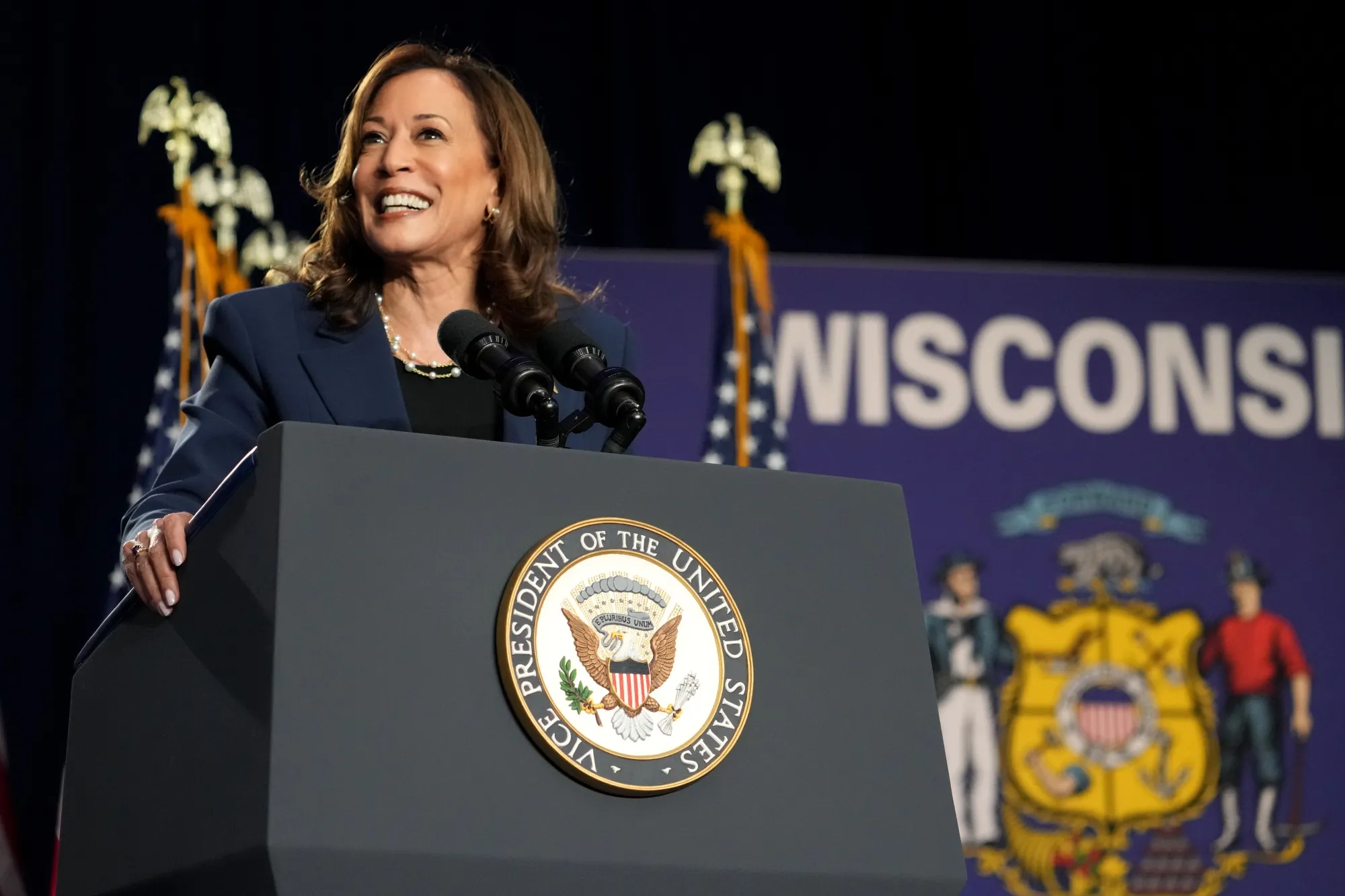How Biden and Harris Created Democratic Disarray: A Tale of 2024 Failure
In the 2024 presidential election, Joe Biden’s bit of wisdom for the new Democratic candidate, Kamala Harris, was ‘let there be no separation between us’. He presented a facade of unity and trust, while his behind-the-scenes advice hinted at an unsavory selfishness. Biden’s insistence on Harris not out-shadowing him resulted in her unsuccessful attempt at the presidency, clearly indicating the ineffective strategy of the Biden-Harris tandem.
Their inability to present a distinct, resonating voice within their very own party was evident. It was a time when Americans yearned for a significant shift in leadership, advocates for change. Rather ironically, it was Donald Trump, anti-establishment in his ways, who was perceived as the ‘candidate of change’. Harris’s capacity to resonate with the voters was hampered by the undeniable influence of Biden’s divisive term.
Harris’s failure to win the election did not lead to any public introspection or reconsideration of campaign strategies. Despite the evident lack of appeal of her campaign, she offered no thoughts on where they could have improved. Instead, Harris attempted to paint Trump’s first 100 days as a meticulously planned ‘high-speed event’, a desperate attempt to distract from her own unsuccessful campaign strategy.
While she had some words of encouragement for more radical Democrats putting up a good struggle, she continued to evade the gravity of the challenge facing opponents of Trump. This point in American history demanded courageous, decisive action, yet Harris appeared haplessly lost in the political wilderness, seemingly unable to weather the storm.
Meanwhile, as the Democrats juggled their response to Trump’s policies, J.B. Pritzker, the Illinois governor, took his message to the annual party fundraiser in Manchester, New Hampshire. The event held a particular significance in American politics as it marks the onset of the presidential candidate primary elections, often making the national headlines.
Pritzker, in his speech, launched an unabashed critique of several his fellow Democrats. He decried their lack of action and their preoccupation with insignificant details, such as crafting verbose opinion pieces about party rhetoric or dithering over which issues to prioritise. His words rang out like a clarion call amidst the turmoil, accusing Democrats of turning their backs on critical reforms.
He was especially critical of Democrats who seemed more concerned with gestures of virtue – like prioritising social issues – than with addressing the real struggles of everyday working-class families. Pritzker boldly labelled these party members as hypocrites, who lacked the resolve to channel their energies towards worthwhile reforms that could genuinely benefit the people they supposedly represented.
In a radical departure from his past views, Pritzker urged the American populace to protest against the current administration. In an unprecedented call to action, he appealed to the citizens’ sense of responsibility, invoking the fundamental principles we were taught as children.
Labeling those who found comfort in the prevailing regime as future inhabitants of ‘museum halls reserved for tyrants and traitors’, Pritzker ignited a new call to arms that saw nationwide resonance. His fiery rhetoric represented a rallying cry unlike any other seen from a high-ranking figure within the Democrat ranks.
As the Democrats begin the long process of regrouping before the forthcoming midterms, different voices within the party start asserting their views and establishing their turf. Gavin Newsom, California’s Governor, suggested a more tempered approach. Although his state’s economy recently superseded Japan’s to become the fourth-largest in the world, Newsom pointed out the party’s dwindling momentum.
Newsom urged fellow Democrats to engage with Republicans and assess their own faults, signaling a need for a more balanced approach as opposed to the hardline stance many within the party opted for. Yet his moderate views were met with resistance from a new breed of Democrat advocates, spearheaded by the likes of Bernie Sanders and Alexandria Ocasio-Cortez.
Sanders and Ocasio-Cortez called upon the electorates to contest the influence of billionaires, pointing out the damaging role of big money in politics. This fierce campaign underscored the inherent faults within Trump’s administration, focusing particularly on the corrosive effect of corruption.
Mary Anne Marsh, a Democratic strategist, hinted that this aggressive approach might be their ticket to electoral success. She identified the challenge that moderate Democrats like Newsom face – maintaining neutrality and moderation amidst the charged political atmosphere. However, she failed to lay out a roadmap on how they could overcome this.
In these times, when the need to fight for the country and its citizens has never been more important, the Democratic Party faces a quandary. Its struggle to find a unified response to the political chaos palpably visible. Whether it’s the push for rebellion by certain members or the tactful silence of others, one thing is evident – the need for evolution is undeniable.
As we look back at the unsuccessful strategy of Harris, the fragmented response from the Democrats, and the alarming rise of Trump, one thing is clear – the party needs significant structural and philosophical changes. A modernized approach and a unified vision could save it from further losses and fractures. Only then does it stand a fair chance of reclaiming its spot in the political landscape.

